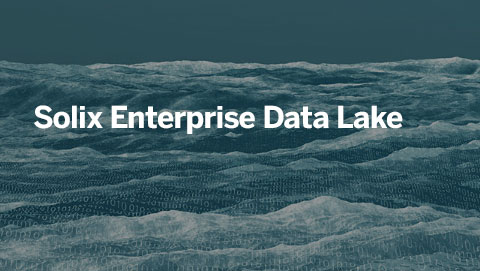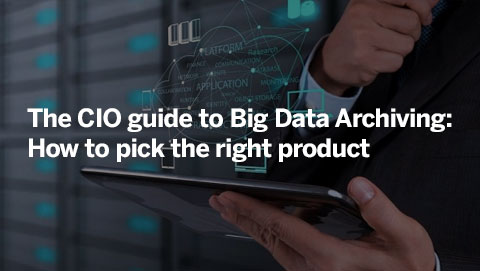Right to Data Portability
What is Right to Data Portability?
The Right to Data Portability is a privacy regulation that allows individuals to access and transfer their data from one organization to another. This right grants control over personal information, allowing individuals to switch service providers or leverage their data for new purposes. This data can be transferred to another controller in a structured, commonly used, and machine-readable format.
Origins and Evolution
The concept of data portability has roots in consumer rights and privacy advocacy. It gained prominence with the introduction of the GDPR in 2018, which mandated this right for EU citizens. Since then, other jurisdictions and frameworks have adopted similar provisions, emphasizing the importance of data mobility and user autonomy.
Key Principles
The Right is built on three core principles that ensure user control and data accessibility:
-
- Individual Control: This principle emphasizes that users have the explicit right to request and receive their data from the controller. This empowers individuals to initiate data portability and access their information whenever needed.
- Transmission Freedom: This principle grants individuals the right to request direct data transmission to another controller. This eliminates the need for users to download and then re-upload their data manually, streamlining the data portability process.
- Data Format: The regulation mandates that the data provided by the controller must be in a structured, commonly used, and machine-readable format. This format is often called a “common interchange format.” Below are a few commonly used CTFs.
|
When to apply the right?
This right can be exercised when you want to:
- Switch service providers and avoid manually re-entering data.
- Gain insights from your data using a different service.
- Consolidate your data from multiple sources.
- It can also be a valuable tool for creating backups of your personal information.
Right to Data Portability Across Privacy Frameworks
Here’s a glimpse into how this right is reflected in some prominent regulations:
- General Data Protection Regulation: GDPR grants individuals a clear right to data portability. It specifies that data must be provided in a “structured, commonly used and machine-readable format, ” allowing for direct transmission to another controller if technically feasible.
- California Consumer Privacy Act: The CCPA grants California residents the right to request their data be transferred to another business in a readily usable format to the extent technically feasible. However, the CCPA’s portability provisions are less detailed than those in GDPR.
- Brazil’s Lei Geral de Proteção de Dados: The LGPD grants individuals the right to data portability. It aligns with the GDPR, requiring data to be provided in a “structured, commonly used and machine-readable format” and enabling direct transmission to another controller.
| Framework | Right to Data Portability |
|---|---|
| GDPR (EU) | Yes |
| CCPA (California) | Yes |
| LGPD (Brazil) | Yes |
| CDPA (Virginia) | Yes |
| CPPA (Canada) | Yes |
This right is not a solitary concept but a principle enshrined in various global data privacy regulations. While the core concept remains consistent, specific details and implementation differ across frameworks.
The Right to Data Portability empowers individuals with greater control over personal information, fostering transparency, competition, and innovation in the digital landscape. As data drives economic and social activities, upholding this right remains crucial for safeguarding individual privacy and promoting a democratic data economy.
FAQ
Why is the Right to Data Portability important?
This right empowers individuals to securely transfer their data between different services or platforms, enhancing consumer control and fostering competition in the digital market.
Can I transfer my data to a competitor using the Right to Data Portability?
Yes, individuals have the right to securely transfer their data to another service provider, including competitors.
How does the Right to Data Portability contribute to data protection?
This right enhances transparency, accountability, and data protection by empowering individuals to control their data, aligning with the broader objectives of privacy regulations.





